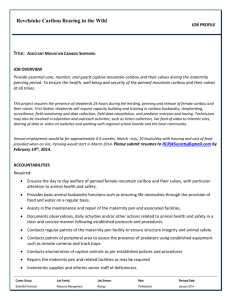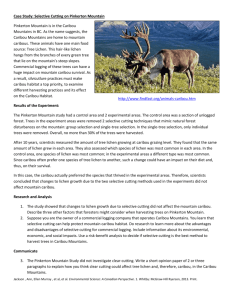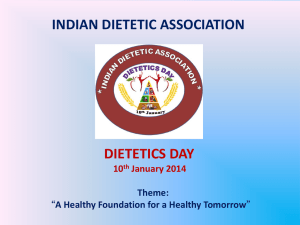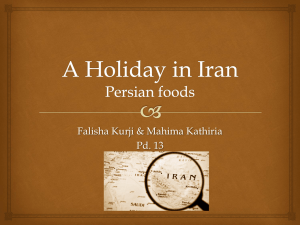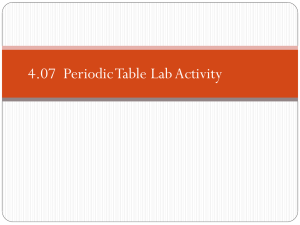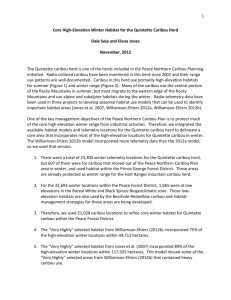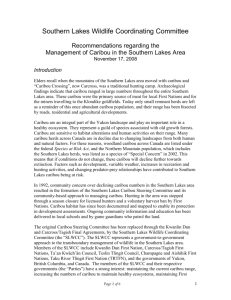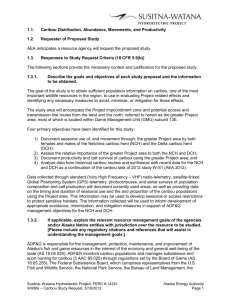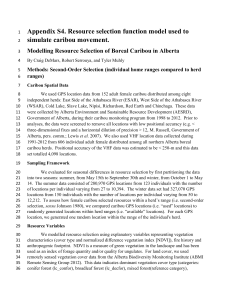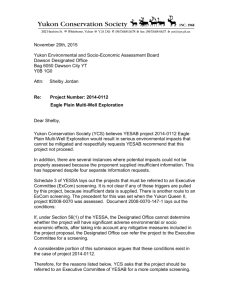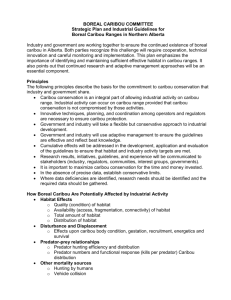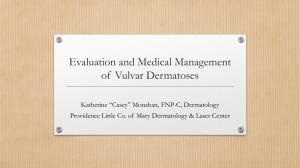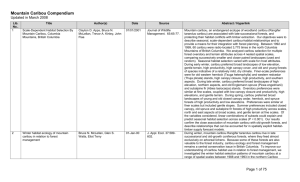Acids and Bases Review - Powerpoint
advertisement
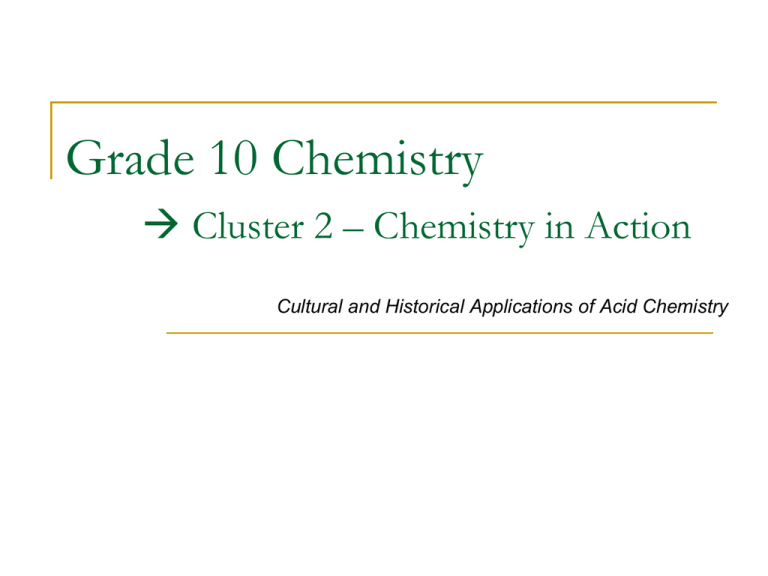
Grade 10 Chemistry Cluster 2 – Chemistry in Action Cultural and Historical Applications of Acid Chemistry Manitoba Curriculum Outcomes Cluster 0- Overall Skills and Attitudes Cluster 4 – Chemistry in Action S2-0-8d Describe examples of how technologies have evolved in response to changing needs and scientific advances S2-0-8e Discuss how peoples of various cultures have contributed to the development of science and technology. S2-0-9a Appreciate and respect that science and technology have evolved from different views held by women and men from a variety of societies and cultural backgrounds. S2-2-09 Discuss the occurrence of acids and bases in biological systems, industrial processes, and domestic applications. Purpose & Intent - The goal of this lesson is to : 1. reveal a variety of cultural or historical views of the understanding of acids and bases . 2. challenge students to critically think, read, and write in the field of chemistry. Lesson Overview Teacher Notes Teachers should adjust and adapt the information and discussion questions in order to challenge their specific students to think, read, write, and discuss the relevant issues. As the main goal of this lesson is to reveal a variety of historical and/or cultural views of acid chemistry teachers should avoid focusing on the details of chemical formulas of acid chemistry. The presentations lack of scientific content is an intended omission. students often learn science from one perspective only, not realizing that the evidence-theory connection of all science is evident in the thoughtful and purposeful thinking of all cultures. Science must be presented in a manner that honors the thoughtful reasoning evident in all peoples. This is just not affirming the cultural diversity of the marginalized, but also helping the dominant culture to realize that other cultures are equally able to reason. Last two points: Adapted from Prof. Elizabeth McKinley (University of Auckland) Lesson Structure The lesson includes TWO examples of how acids and bases have been thoughtfully understood and/or utilized in a variety of cultures and traditional belief systems 1. Acidic Lichen in the lives of the Inuvialuit & Gwichin of Northern NWT &Yukon 2. How acidity may provide a clue as to the health benefits of the traditional Chinese diet? Acid Chemistry and the Inuvialuit & Gwichin of Northern NWT &Yukon Caribou and Lichen Hallway of Aklavik School NOTE: Caribou have been, and continue to be, central to the lives of the people of Aklavik Inuvialuit & Gwichin of Northern NWT &Yukon Recognized that the migration route of caribou followed mountain valleys and corridors. Migration of caribou is influenced by lichen abundance. One lichen today is called caribou ‘moss’ – Cladina rangiferina What does all this have to do with Acids? 1. Migration of Caribou Lichens are very acidic and most are not consumable Cladina rangiferina is not as acidic as other lichens and therefore palatable for caribou Migration of Caribou are determined by the growing seasons of the Cladina rangiferina Yukon & NWT has TONS of lichens but not all ‘preferred’ ‘most preferred’ by caribou Hard to distinguish between them by appearance Not as ‘preferred’ by caribou What does all this have to do with Acids? 2. Colorant for clothes Acidic stomach contents of caribou (with lichen) used to alter colours of plants for dyes – dark to light colours Plant dyes behave like indicators “soapberries” used to alter colour of plants - especially flowers - for dyes- light to dark colours Example of Colorants This color is not found anywhere in nature in Yukon & NWT BUT…when certain material behave like indicators and turn yellow in the presence of an acid of a specific pH (lichen contents of caribou stomach) Traditional Chinese Medicine Yin and Yang of Fad Diets? Yin and Yang foods Traditional Chinese beliefs include two opposing principles Yin and Yang which regulate life this extends and influences many Asian diets as there is a belief that some foods are Hot (yang) or Cold (yin) It is believed that these foods (Hot/yang & Cold/yin) need to be consumed in balance for a healthy diet HOT FOODS believed to raise body heat and create tension Beef, chicken, eggs, mutton COLD FOODS believed to cool body heat and reduce tension Many vegetables Neutral foods are believed to contain equal parts yin and yang and therefore neither reduce or increase body temperature Brown rice, wheat, beans, some kinds of nuts Traditional Chinese Medicine Recent studies in diet have aimed to investigate the scientific merit of the traditional Hot/Cold Chinese diet. Some recent studies have found that many: hot foods are “acid forming” foods and result in lower internal pH of the body (detected in urine samples) As a result minerals from bones leach into the body to act as a buffer to control acidity contributing to Osteoporosis Lower internal pH has been linked to many other diseases Breast cancer, high blood pressure, heart disease, diabetes, etc cold foods are “alkaline forming” foods and contribute to a more alkaline internal pH An alkaline internal pH reduces risk of many diseases Conclusion – links between Traditional Chinese Medicine and recent science research it is accepted that human health is dependant on an internal acid-base balance therefore there is growing interest and support for further research regarding the Hot/Cold diet Example how it is correlated with acid forming and alkaline forming foods other aspects of traditional Chinese medicine are also becoming the focus of increasing research Discussion Questions & Extension Activities Acid Chemistry and the Inuvialuit & Gwichin of Northern NWT &Yukon Note how the role of the lichen in the migration of the caribou and the uses of the lichen as a colorant is solely based upon its specific acidic properties. Research to find how other cultures have made sense, applied, or utilized acids and/or bases. Example How Aboriginal peoples found a treatment for scurvy (using ascorbic acid) Yin and Yang of Fad Diets? Many immigrants of Asian decent may still understand or integrate principles of Hot and Cold foods into their personal diets. Find and interview some of these people to give you a fuller understanding. Note: Remember it is only current research that is showing a possible link between acid/alkaline forming foods and Hot/Cold foods. Most of these people will not explain or discuss their diets using acid/alkaline terminology or understanding. Research the “Mediterranean diet” which is commonly regarded to be one of the healthiest diets in the world. What principles about the Mediterranean diet are in sync with concepts discussed in this presentation?
